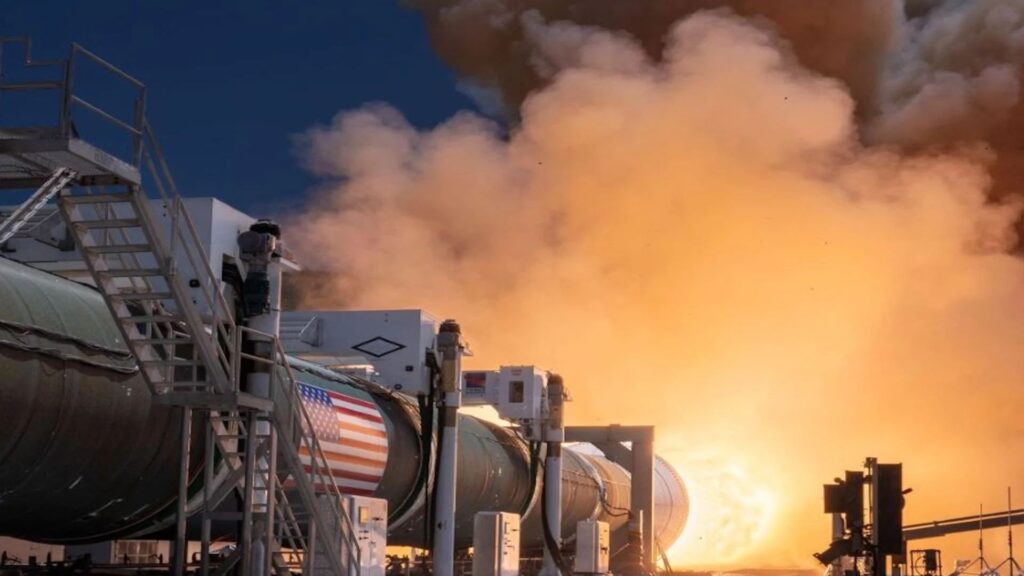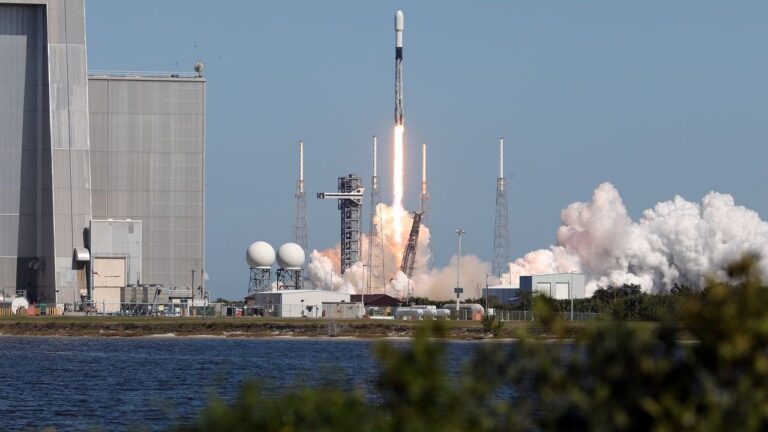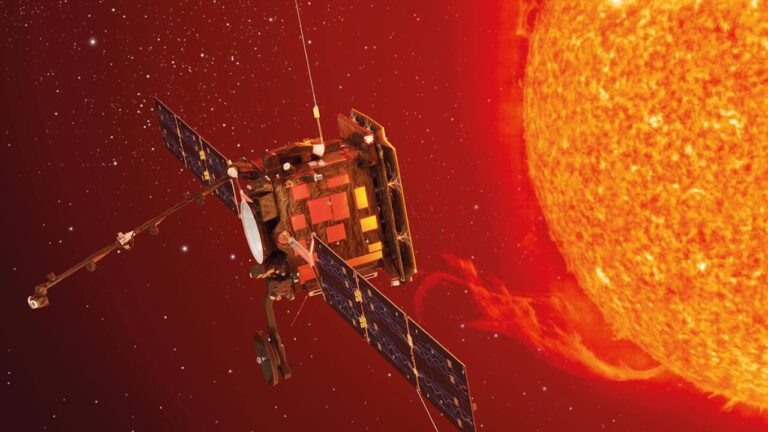
A new version of the solid rocket booster (SRB) being developed for NASA’s Space Launch System (SLS) experienced an unexpected anomaly during a test firing conducted by Northrop Grumman on June 26 at its Promontory facility in Utah.
The test marked the first demonstration of the Booster Obsolescence and Life Extension (BOLE) variant — a redesigned five-segment solid rocket booster intended for use on future SLS missions, starting with Artemis 9 in the 2030s. The motor, mounted horizontally, ignited and burned for just over two minutes, simulating the duration it would fire during an actual launch.
However, around 100 seconds into the test, exhaust began leaking from the side of the nozzle, followed moments later by visible debris dispersing from the nozzle area. The event was captured on NASA’s livestream, which included live audio from the control team. Observers could be heard reacting with alarm, followed by a tense silence, though the motor continued firing for the remainder of the test.
Neither NASA nor Northrop Grumman officials addressed the incident immediately after the test during the webcast. Hours later, Northrop Grumman issued a statement acknowledging the issue.
“While the motor appeared to perform well through a harsh burn environment, we observed an anomaly near the end of the two-plus minute burn,” said Jim Kalberer, vice president of propulsion systems at Northrop Grumman. He added that the test helped the company gather critical data for refining the design.
The BOLE booster is a significant upgrade over previous versions, replacing legacy steel casings with lighter carbon fiber composites. It also introduces a new propellant mix and other design enhancements, boosting its overall performance by over 10%. This would allow the SLS to carry an additional five metric tons of payload on missions to the Moon and beyond.
Despite these advancements, the future of the BOLE booster — and the SLS program itself — remains uncertain. NASA’s proposed budget for fiscal year 2026 suggests canceling the SLS program following Artemis 3. However, a Senate budget reconciliation proposal recommends funding two more missions, through Artemis 5, though it does not clarify plans for missions beyond that.
This incident marks the second nozzle-related issue involving Northrop Grumman solid rocket boosters in under a year. In October 2024, one of the GEM 36XL boosters on United Launch Alliance’s Vulcan rocket lost its nozzle during flight. Although the malfunction slightly reduced performance, the mission succeeded. Investigations traced the cause to a manufacturing defect, which was addressed and resolved in a successful static test earlier this year.
As engineers analyze the results of the BOLE test, the anomaly will likely play a key role in guiding future design decisions and determining whether the next-generation booster will see flight in NASA’s deep space ambitions.






